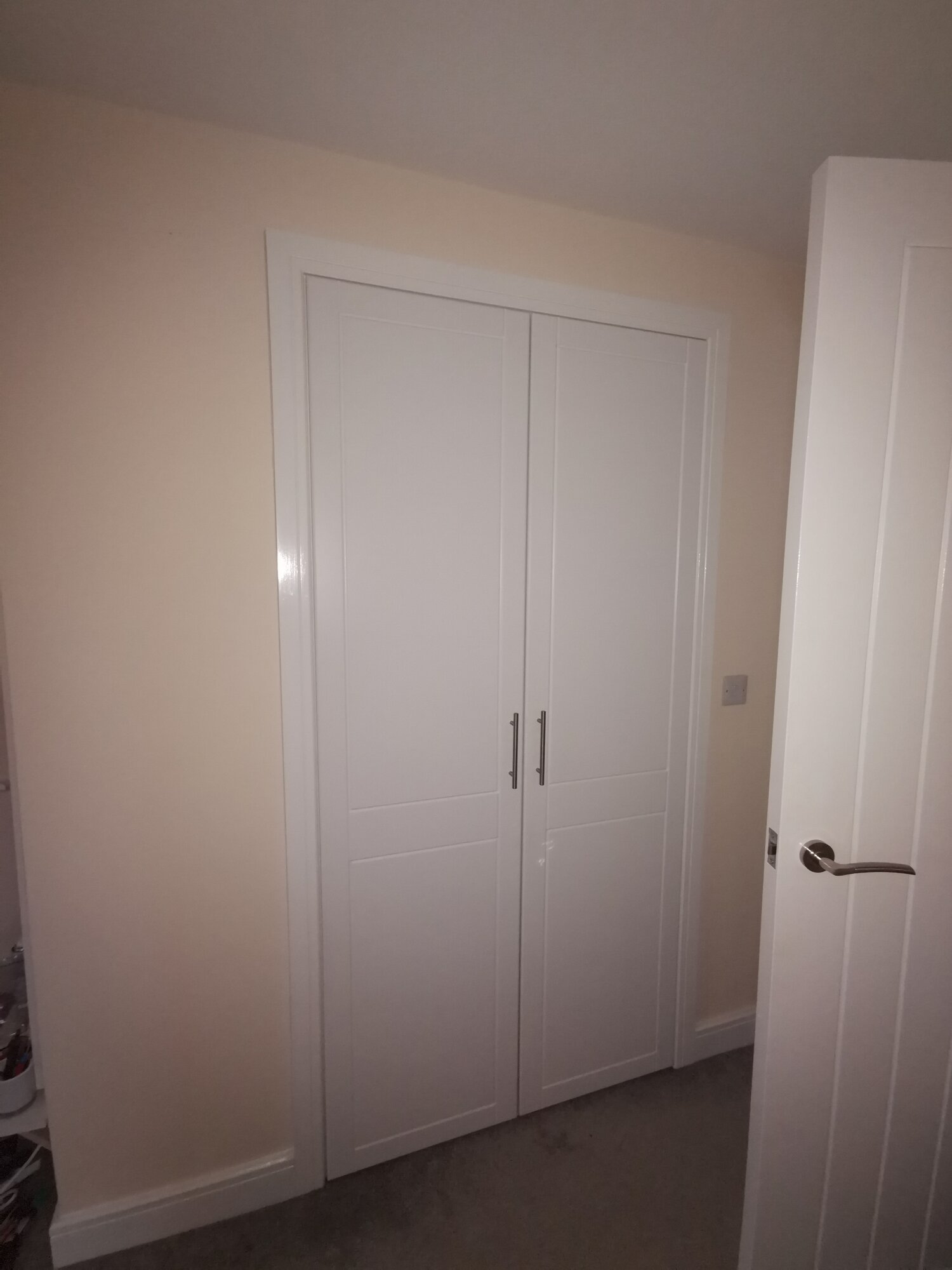- Joined
- 28 Nov 2020
- Messages
- 2
- Reaction score
- 0
- Country

Hi all
I am desperately trying to locate some replacement doors (infact to build another wardrobe) with the exact same doors as I already have in the same room, also identifying the skirting board types.
Does anyone recognise the doors and skirting, if so so could they provide me with the manufacturer/model information please?
Any help would be greatly appreciated.
It is a William Davis homes, unfortunately they haven't been much help.
Thanks
Nei
I am desperately trying to locate some replacement doors (infact to build another wardrobe) with the exact same doors as I already have in the same room, also identifying the skirting board types.
Does anyone recognise the doors and skirting, if so so could they provide me with the manufacturer/model information please?
Any help would be greatly appreciated.
It is a William Davis homes, unfortunately they haven't been much help.
Thanks
Nei
Last edited:




